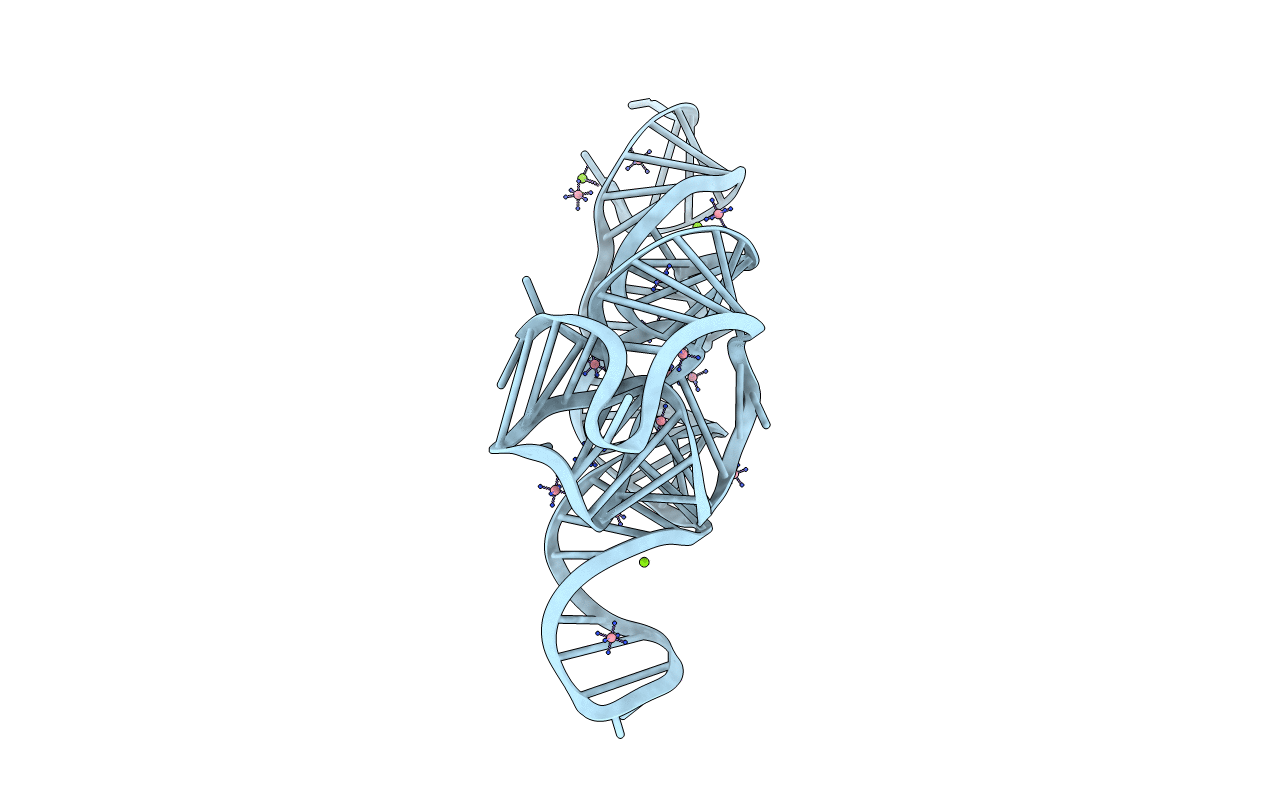
Deposition Date
2014-09-15
Release Date
2014-10-15
Last Version Date
2024-05-08
Entry Detail
Biological Source:
Source Organism:
Bacillus subtilis subsp. subtilis str. 168 (Taxon ID: 224308)
Method Details:
Experimental Method:
Resolution:
2.49 Å
R-Value Free:
0.20
R-Value Work:
0.17
R-Value Observed:
0.18
Space Group:
P 21 21 21


